|
|
Post by upthewall on Nov 15, 2016 9:54:47 GMT -5
Pretty neat. Curious how this compares to the 1904 introduced 405 winchester.
|
|
|
|
Post by jfs on Nov 15, 2016 10:21:32 GMT -5
had a 22 Kay-Chuck made up many years ago with an 8 3/8" barrel...
|
|
|
|
Post by jfs on Nov 15, 2016 10:24:04 GMT -5
Thats great history on the Champlin, what an incredible thing to own. damm straight........ |
|
|
|
Post by rleprechaun on Nov 19, 2016 15:31:59 GMT -5
338/378 KT Shortly after Roy Weatherby introduced his 340 Weatherby round Elmer Keith took it hunting in Colorado with his friend and outfitter, R.W. Thompson. On that trip Elmer took an elk at 450 yards as well as a deer at 500. While Thompson used a 378 Weatherby for long range elk, Elmer had been an advocate of the 33 caliber bullets used in both the 333 OKH and 334 OKH. When, in the late 60’s, Thompson suggested to Elmer that the ultimate long range rifle caliber might just be the big 378 case necked down to 338, Elmer insisted that the case be shortened by .250 to accommodate the slowest Hodgdon powders of the day. With that, they got together with Fred Huntington Jr. who made up the dies which Thompson than used to form the first cases. These were subsequently sent to Keith Francis who made the reamers which were used to produce a pressure barrel. Bruce Hodgdon determined that H4831 was perfectly suited to the round and worked up data with 210, 225, 250, 275. and 300 grain bullets. The first rifle was built for Thompson by Champlin Haskins of Enid, OK. It was a full Keith Grade left handed gun stocked in a Reinhart Fajen laminate. The 275 grain speer was the favorite of both Keith and Thompson, who felt it would carry better than the 250 and 300 at long range. The first kill with the round was made by Thompson, who shot a nice Idaho mulie buck at 200 yards. After the initial testing, Keith and Thompson felt that the KT kicked less that the .378 as well as bucking the wind better at long range. The round was never very popular, but did gain a few notable admirers including Bill Jordan, who used it and the Nosler 250 partition to shoot African game up to and including cape buffalo. Also I believe that Truman Fowler, Elmers friend and the publisher of Keith’s Safari used one successfully. Elmer’s KT was made by Champlin-Haskins and was of course a Keith grade gun with all the bells and whistles, ribbed octagon barrel with integral rib, pop up front sight, extended tang and extended dragoon trigger guard to reimforce the wrist of the stock. Elmer eventually used this rifle to take pronghorn, mule deer, and 3 elk including his 50th and last bull elk. At his side the day he shot his last bull was a young Ross Seyfried. Ross , after watching a bull slapped down in his tracks at 300 yards vowed to one day own a 338/378 KT. Employing Elmer’s old gunmaker Iver Hendrickson for the metalwork and stocking the rifle himself in a gorgeous piece of quilted maple, Ross hunted the rifle far and wide, proclaiming it possibly the best trophy hunters rifle in existence. When Elmers guns were auctioned off in 2015 I had the opportunity to talk to Ross about the sale. While I was most interested in acquiring one of Elmer’s single actions, Ross told me to pay attention to the Champlin, “No one knows what they are, it will go (relatively) cheap”. Sure enough, after all of the handguns went for more than I was willing to pay, the auctioneer hammered the gavel and the Champlin was mine. Working up from 10% below the maximum of 103 grains of H4831. I found the best accuracy with 99 grains of H4831 and the 250 nosler. Using the maximum charge I was getting pinhole leaks in the case shoulder. It was then I noticed that Ross had settled on 100 grains of H4831. Asking him later why he uncharacteristically settled on a less than maximum load, he informed me that the old weatherby brass was a little soft for the full load but that he found perfect success 3 grains below maximum. Cases are a bit of a pain to form, but RCBS still offers a 3 die forming set as the cases will need to have the shoulder set back, be necked down, sawed and filed to length in the trim die, neck reamed, then trimmed to final length with a case trimmer. At that point you have usable brass that can be loaded with a RCBS 2 die set.  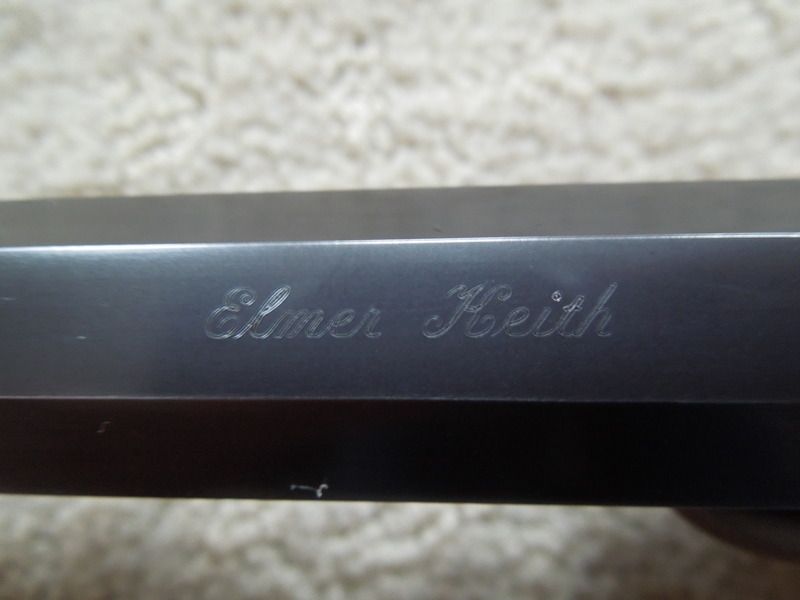 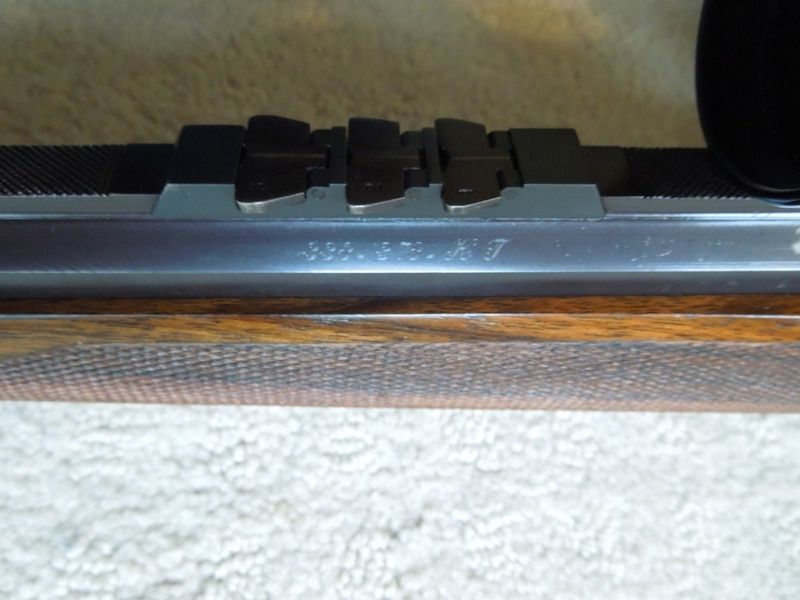 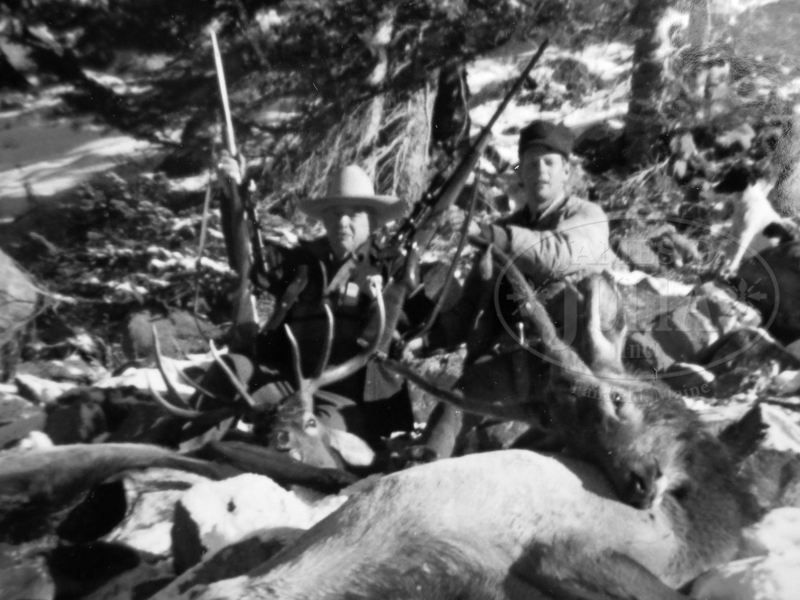 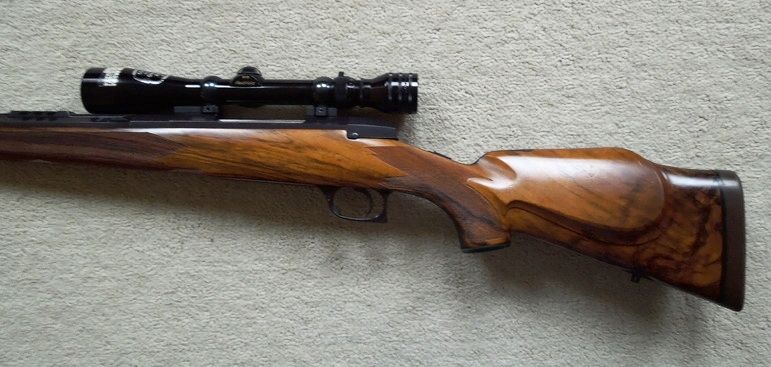  |
|
|
|
Post by 2sheriffs on Nov 20, 2016 21:05:26 GMT -5
I have a 35 Ackley Short Magnum on a 1917 Enfield that I built back in the early 60's. I glass bedded it in a Fajen stock. Ackley rebored and chamberd the barrel. Ackley did a good job, it is really accurate. We had 2 of them. My dad built one also. I still have mine, but my Dad sold his years ago. We built them to hunt Elk in Oregon, but we moved to Las Vegas shortly after that and never did get to hunt with them. The 358 Norma Magnum was a pretty close copy of the 35 Ackley.
Ron
|
|
|
|
Post by DiamondD on Nov 22, 2016 20:50:12 GMT -5
On the other end of the spectrum from most of the wildcats here, but the only wildcat that I currently load for and shoot is a .17-223. Simply a full length .223 necked down to .17 caliber. Mine is a Bullberry custom TC Contender barrel I bought used. I have a double ended Bullberry form die that first necks the .223 down to .20 and then you turn it over to get to .17. Then run the case through a FL .17-223 die and load as any other cartridge. It is a fun little round and will flip prairie dogs 3-4 feet in the air if you hit them right.
Dean
|
|
|
|
Post by frankenfab on Nov 24, 2016 21:14:08 GMT -5
RE: mike454's incredible rifle...
I already posted about the .224 Weatherby I built by re-chambering a Vanguard from .223.
I picked what I saw as the best 3 true Weatherby calibers, and have a rifle in each one. That would be my Vanguard in 224, and my MK V Accumarks in 257 and 338-378.
I am a big Weatherby fan. I Have an autographed copy of Roy's book, and an autographed photo of Roy Weatherby and Elgin Gates standing in Elgin's trophy room.
If all you see in Weatherby is the flashy style and salesmanship, and the drawbacks associated with the belted and radius neck, you are probably one of what I would call, without intent of malce, a Weatherby snob. The Weatherby story is very interesting. He was a pioneer gun guy in more ways than one.
I have always seen the 338-378KT as the precursor to the 338-378, since I learned about it After I bought my 338-378!
|
|
|
|
Post by DiamondD on Nov 27, 2016 18:33:01 GMT -5
Here is a pic of my Bullberry Contender Carbine. This was the day I went to sight it in it's wearing a Nikon 6-18X BDC and a pistol fore end while I waited on a Bullberry hanger bar and rifle fore end. 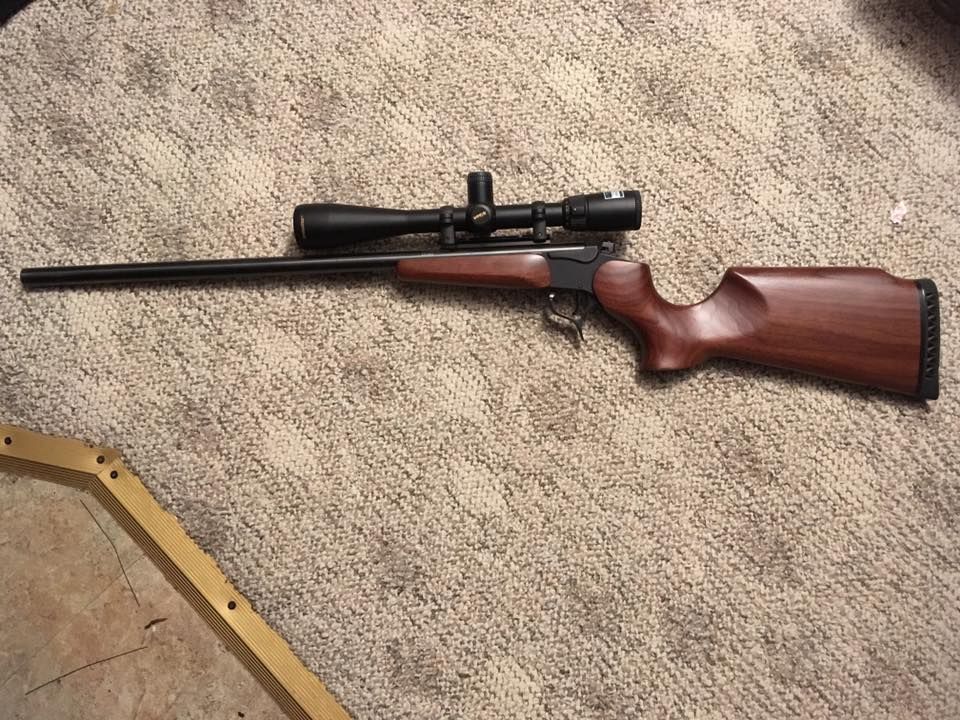 Only had 8 rounds loaded to sight my scope in. 20 grain Nosler Varmegeddons over 21 grains of H335. My dad has a laser boresighter but it won't fit in the .17 barrel but I walked it in. I was close when I got down to 3 rounds so shot a group. Called the one out. This was at fifty yards. I came home and formed/loaded 50 more rounds of that load and will shoot it at 100 in the next day or two and start tweaking the load. Really liking this barrel.  I've also got a box of 25 grain ballistic tips to load and have some Hornady 25 grain HPs on the way from Midway as well as a box of 25 grain V-Max's. Anyone out there have load info for the .17-223? Left to right: PMC .223 case reformed to .17-223 and loaded with 20 grain Nosler Varmegeddon, Federal Premium .223 40 grain Nosler Ballistic Tip, Black Hills 5.56 77 grain OTM 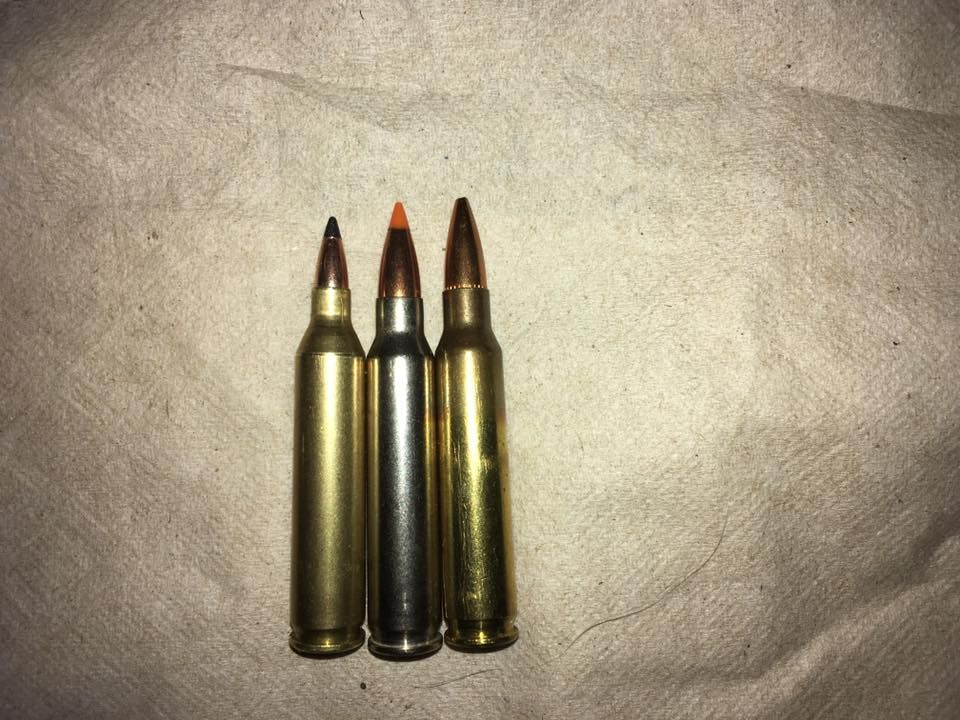 Shot this group on the same 50 yard target with my Encore 7.62x39 using Wolf steel case 123 HPs. The black dot I was shooting at is 1" to give you reference. Fixed 4x Weaver scope.  |
|
|
|
Post by ihmsa80x80 on Dec 6, 2016 12:25:24 GMT -5
Several years ago I took a close look at the .30-30 Ackley Improved. Taking a look at the history of the cartridge I ended up in a series of conversations with the late James C. Tillinghast a cartridge collector who had quite a list of cartridges for sale. Mr. Tillinghast knew a great deal about pre-war wildcat cartridges. I miss Jim. He was a great guy. |
|
|
|
Post by cas on Dec 17, 2016 22:33:53 GMT -5
^ That target picture made me laugh when I saw it, because that's how my Bullberry .17 treats me. lol 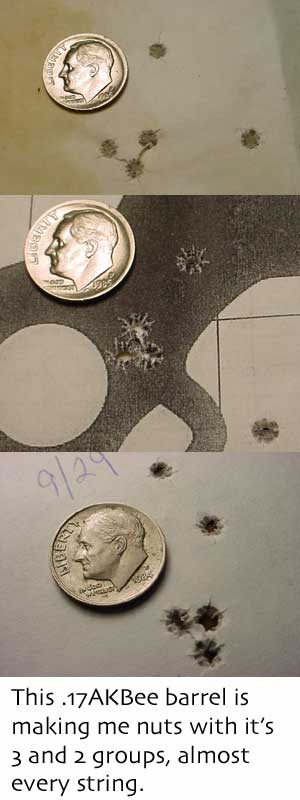 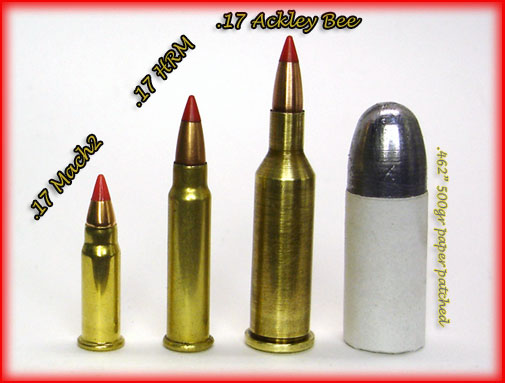 |
|
|
|
Post by magnumwheelman on Dec 22, 2016 16:31:29 GMT -5
I have a custom 17 Mach 2, bolt action rifle, a 10" 17 K Hornet Contender barrel, ( the new 17 Hornady Hornets fit in the chamber nicely & fire form well to the K Hornet chamber ), a custom 17 Fireball 700 Remington bolt action rifle, & a custom 17 Remington bolt action rifle... that little mach 2 rifle has killed more raccoons than all my others combined...
|
|
|
|
Post by Lee Martin on Jan 4, 2017 20:45:52 GMT -5
 Here’s one that hardly got off the ground, but first some backstory. In 1994, Savage introduced the Model 116SE “Safari Express”. Year one calibers were .300, .338, and .458 Winchester Magnums. These were full stainless steel guns fit with 24” barrels. An adjustable muzzle brake was added along with a three leaf rear sight. The stocks were select grade American walnut capped with an ebony tip. Befitting a big game rig, two stainless cross-bolts reinforced the action. In the late 1980’s there was renewed interest in middle-magnums. From this came the .416 Remington in 1988 and Weatherby’s massive .416 in 1989. Ruger got nostalgic with the venerable .416 Rigby; first on the Model 77 in 1989, then the Tropical No. 1 in 1991. For a brief spell, they even shipped No. 1’s in classic .404 Jeffery. Dogged by tight chambers, Ruger canceled the .404 after assembling 370 (1993 – 1994). These commercial cartridges also drew attention to .40-cal wildcats like the .416 Taylor. On paper they were all pretty close. Most of the big 40/41’s could do 2,300 – 2,400 fps with a 400 grain bullet. Call it the mid-magnum gold standard so to speak. The Weatherby raised the bar another 200+ fps. Savage got into the mix with a proprietary round. By expanding .300 Winchester Magnums to 0.423”, the .425 Express was born. Bore diameter matched the Jeffrey, which is odd. A ’06 length .416 Magnum seemed far more logical, particularly the Taylor. Savage announced the .425 Express at the 1995 Shot Show on the 116SE. A-Square provided the ammunition. Very few .425’s were built, but contrary to internet rumor they exist. I know because in 1995 I almost bought one. Potomac Arms, my local dealer and the storefront for Interarms Corp, said Savage had a .425 ready to ship. They wanted $790 but I chose a .416 Rem Mag instead. From what I'm told, Savage made less than a hundred .425’s. And yes, I’ve kicked myself a few times over it. I’m still searching for this rare 116SE, yet after 20 years, no luck. Perhaps in time I’ll find one for sale. I did acquire an A-Square .425 for my cartridge collection though. Shown below, it is loaded with their 400 grain monolithic solid. A-Square also rolled a more versatile 400 grain “Dead Soft” round nose. Both went 2,400 fps. 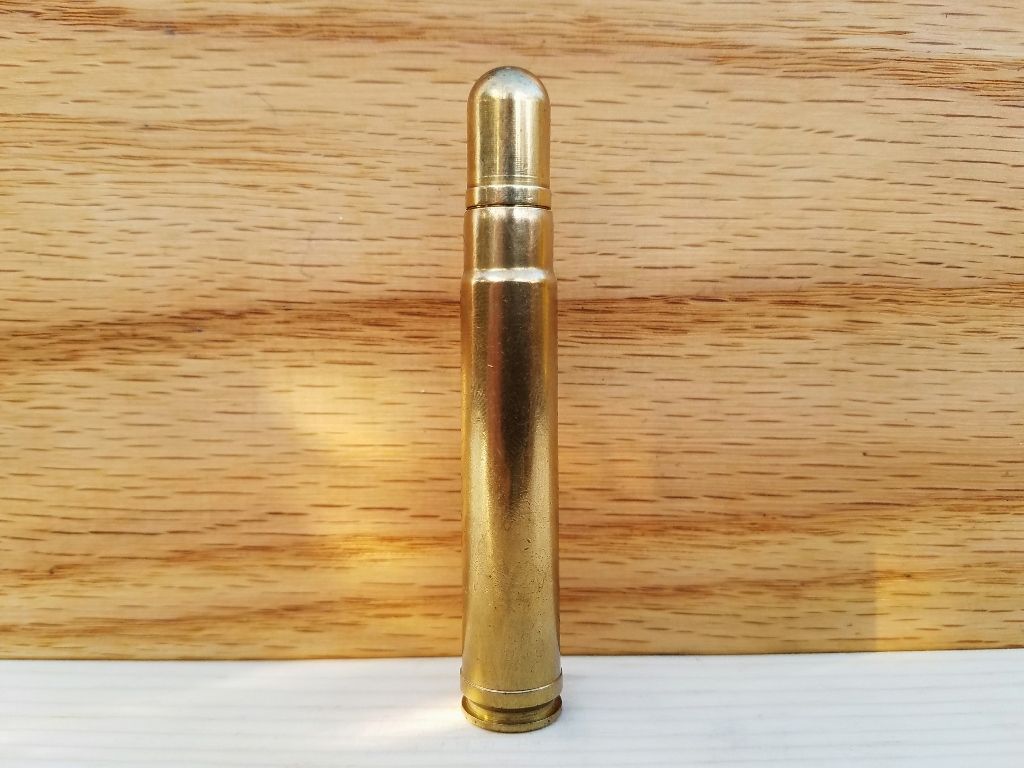 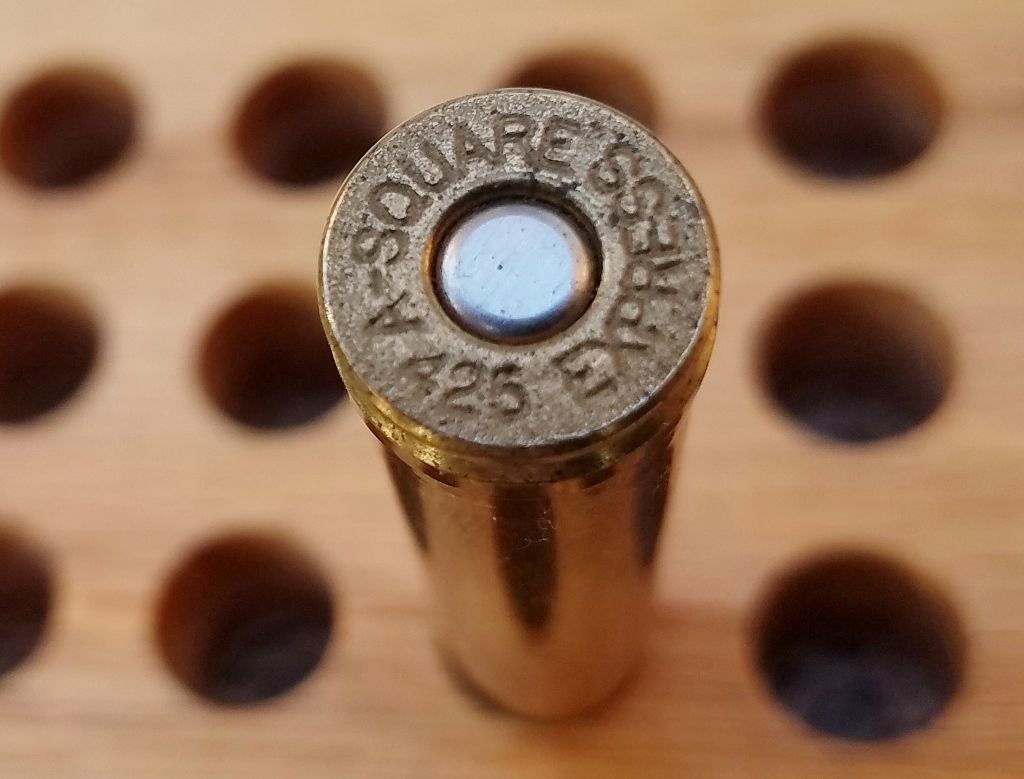 Here are photos of a Savage 116SE in .458:    If anyone knows of a sanely priced .425 116SE, write me at lee@singleactions.com. -Lee www.singleactions.com"Chasing perfection five shots at a time" |
|
|
|
Post by nockhunter on Jan 4, 2017 23:12:29 GMT -5
Here is my Stevens converted to 6mm-250. 24" Shilen barrel, Boyds stock, Redfield five star 6x-18x. 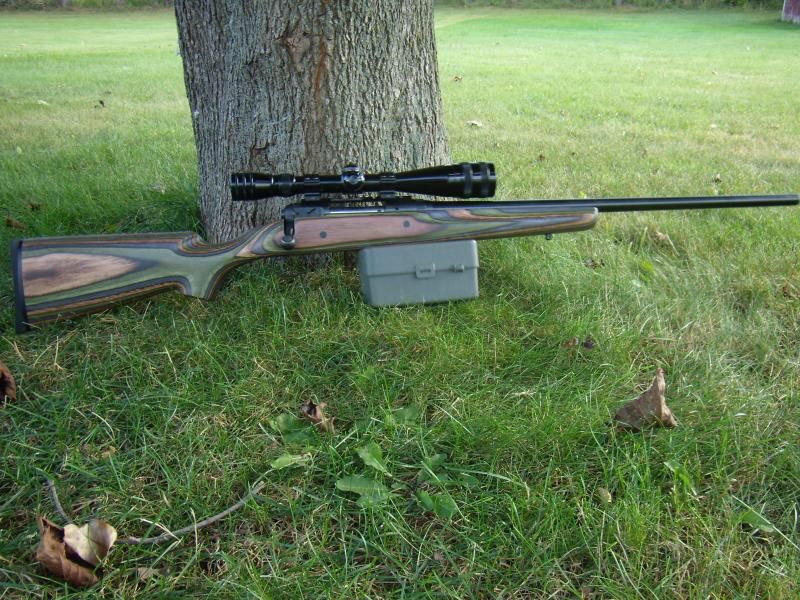 Shown for comparison, 222rem, 223rem, 6mm-250, 243win.  Mike |
|
RpR
.30 Stingray

Posts: 196
|
Post by RpR on Feb 7, 2017 17:52:28 GMT -5
Have any of you met Mr. Eichelberger, the gent who makes .22 rimfire wildcats.
A Cartridges of the World I have show a .20 based on .22 long rifle that just fascinates me.
Having a .20 semi-auto that shoots this, to me, would be the cats meow for no other reason than it would exist.
I am not going to have one made but I was wondering if any of you know what he does to make these as they are made on loaded cartridges and that to me is amazing.
|
|
cable
.327 Meteor
 
Posts: 687
|
Post by cable on Feb 20, 2017 18:37:48 GMT -5
 this tiny little guy is the 5.7 mm Johnson [ no private parts jokes please ] also known as the 22 Spitfire. It was designed by Melvin Johnson, who developed the Johnson semi-auto 30/06 that competed against the Garand for the WWII contracts. In 1963 he designed this little bugger and produced it at Johnson Guns Inc. for the conversion of the M1 carbine. It was based on the .30 carbine, necked-down to .22 (5.7mm). converted M1 carbines were sold and also barrels to do your own, and someone said barrels may still be available. Properly headstamped brass and even loaded ammo was available. al my rounds are made with necked down 30 carbine brass. it hit 3000 fps with 40gr. bullets. rifles were also produced by IMI [ Israel Military Industries ] and my rifle is an IMI with folding stock. Neat little piece and round. a little more info here: www.ammo-one.com/5-7JohnsonSpitfire.html and Cartridges of the World has more info |
|